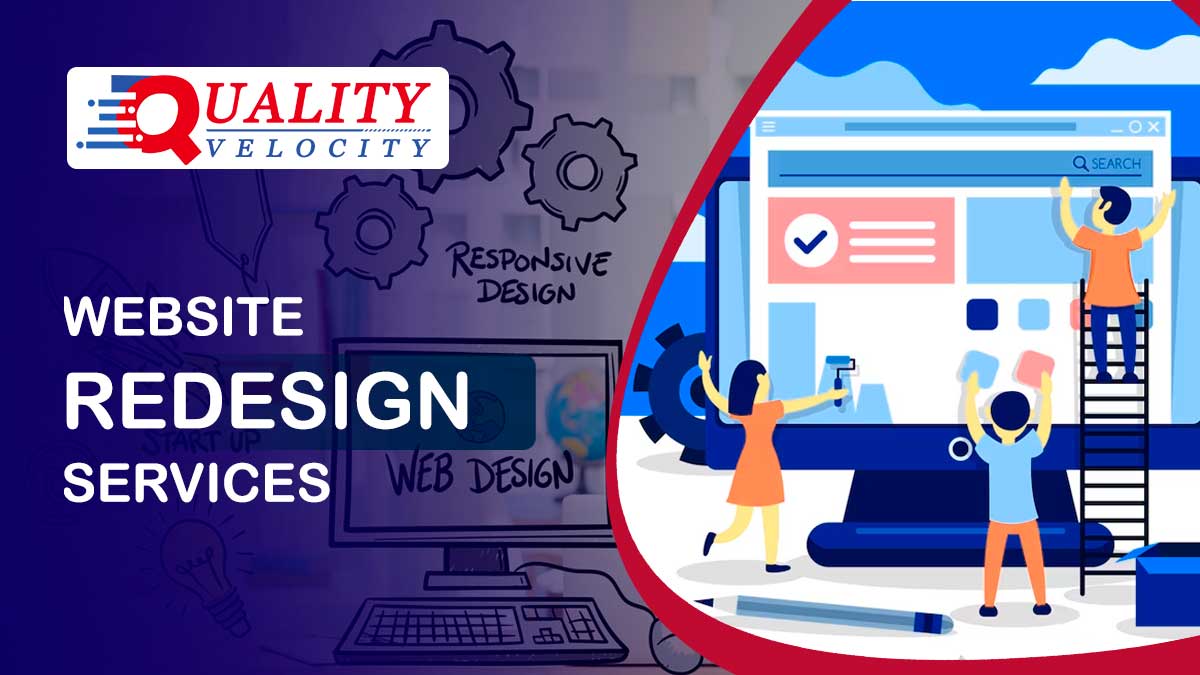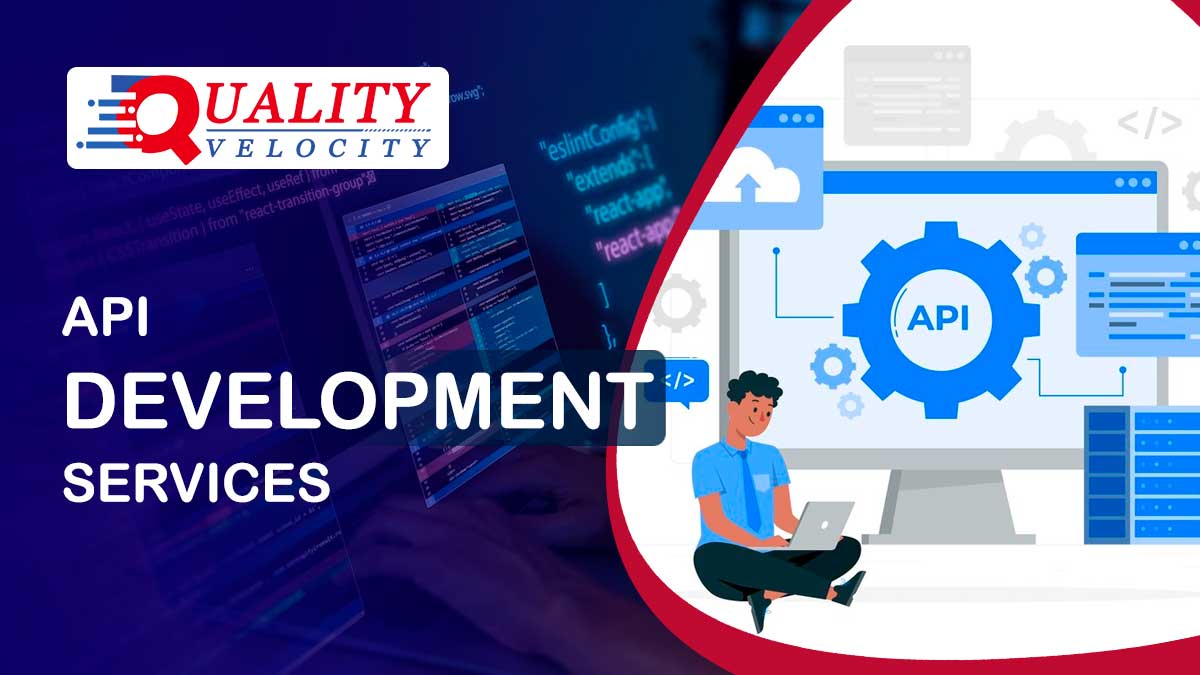Companies expect faster, more efficient software solutions without quality sacrifices in today's competitive business world. quality velocity Software provides QA & software testing services to fulfill all your quality and testing needs.
Quality testing included in every project
Wondering how to lower your development costs but improve your software quality? quality velocity today to lower operating expenses and raise productivity. The Offshore Development Center model is proven as a highly effective tool that gives you greater visibility and predictability throughout your development process.
QA (Quality Assurance) and software testing are crucial components of the software development process. They are essential in ensuring that software applications meet the desired quality standards and perform as expected. Let's explore each of them in more detail:
Quality Assurance (QA): Quality Assurance is a systematic approach to ensuring the quality of software throughout the development lifecycle. Its primary goal is to prevent defects and identify areas where the development process can be improved. QA involves the following activities:
Requirements Analysis: QA starts with understanding and analyzing the project's requirements to ensure they are clear, complete, and achievable.
Process Definition: Establishing well-defined development processes, coding standards, and best practices that contribute to consistent and high-quality output.
Reviews and Inspections: Conducting regular reviews and inspections of project deliverables, such as design documents and code, to identify and fix issues early in the development process.
Process Auditing: Regularly evaluating the adherence to established processes and making improvements based on the findings.
Training and Skill Development: Providing training to team members to enhance their skills and knowledge in relevant areas.
Metrics and Analysis: Collecting and analyzing data related to the development process and product quality to identify trends and areas for improvement.
Continuous Improvement: Continuously improving processes and practices based on feedback and lessons learned.
Software Testing: Software testing is a process of evaluating and validating a software application to identify defects or issues. The primary objectives of testing are to ensure that the software functions correctly, meets the specified requirements, and performs as intended. Software testing involves the following types of testing:
Unit Testing: Testing individual components or units of code in isolation to verify their correctness.
Integration Testing: Testing interactions between integrated units/modules to ensure they work together as expected.
Functional Testing: Validating that the software functions according to the specified requirements.
Regression Testing: Re-testing the application after modifications to ensure that existing functionalities have not been adversely affected.
Performance Testing: Evaluating the application's performance under various conditions, such as load testing and stress testing.
Security Testing: Identifying vulnerabilities and potential security risks in the application.
User Acceptance Testing (UAT): End-user testing to ensure the software meets their needs and expectations.
Automated Testing: Using automated tools to execute test cases, improve test efficiency, and facilitate continuous testing.
Both QA and software testing play vital roles in delivering high-quality software products. They work in tandem to identify issues early in the development cycle, promote continuous improvement, and ensure the final product meets the required standards and satisfies user expectations.





